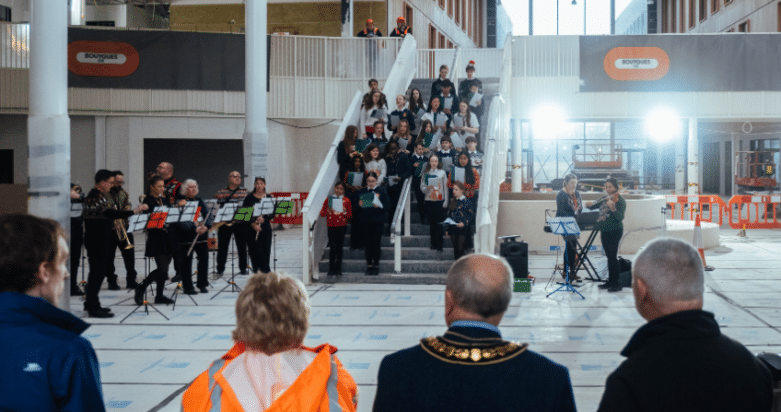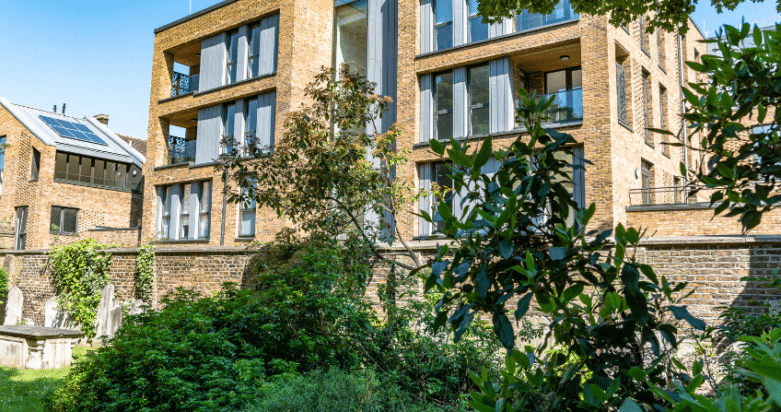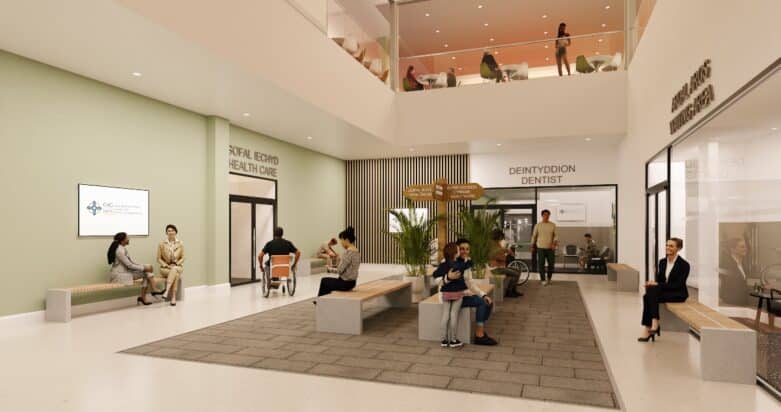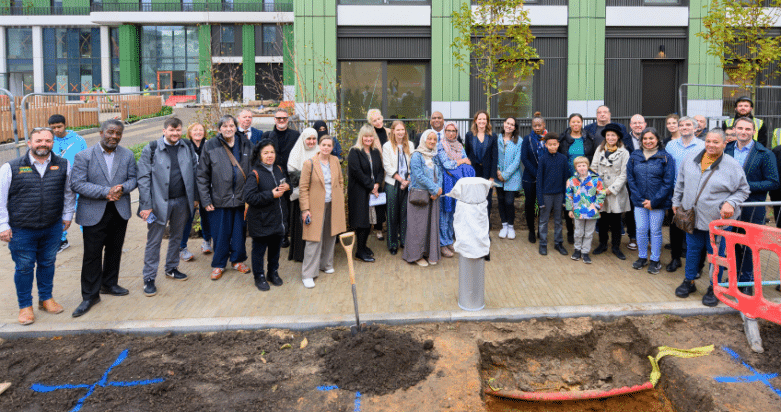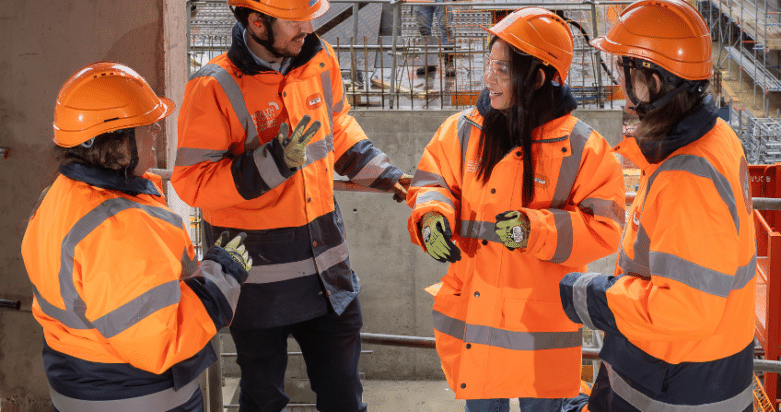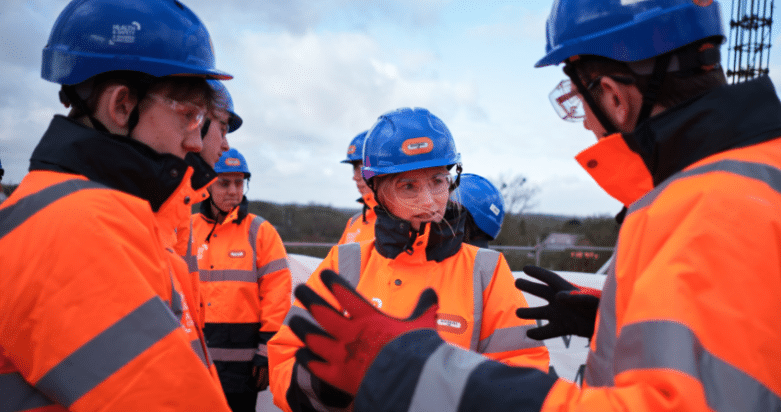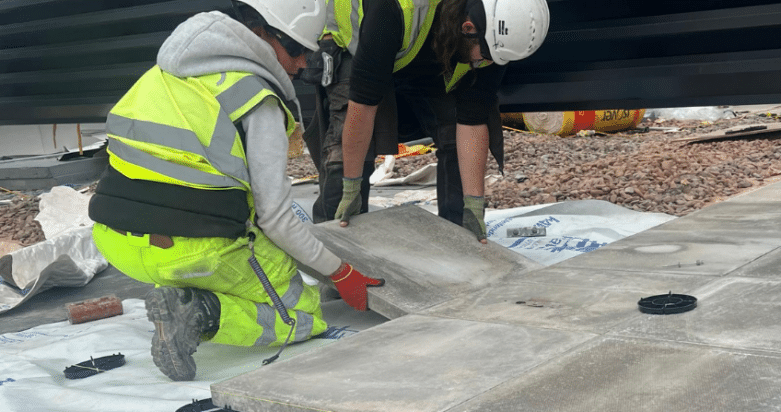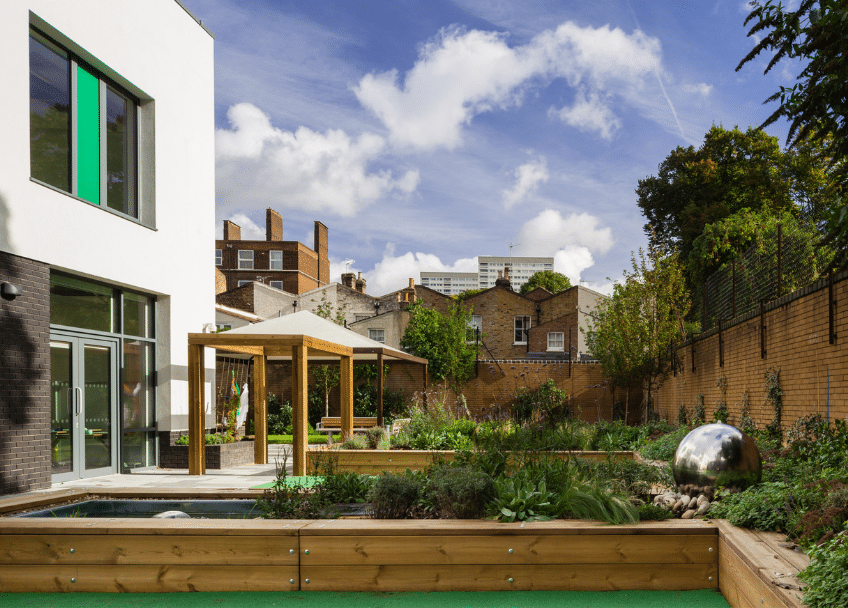
Transforming Schools Through Biophilic Design
Author
Hemendra Kothari
Education Preconstruction Lead
Schools play a vital role in the fabric of our society and yet they are facing mounting pressures related to funding, curriculum, and operational costs, with mental well-being of students and staff often side-lined. But what if the design of these schools could help alleviate some of these pressures? What if the design of a school could foster well-being, improve learning, and reconnect us with nature? This notion was heavily explored at this year’s Education Estates conference, with many weighing in on the importance of biophilic design; a concept that seamlessly integrates nature into architectural spaces. There is powerful evidence that prioritising spaces which connect students and teachers alike to the outside world offers huge benefits.
At Bouygues UK, we recognise the profound impact of surroundings on physical and mental health, and we strive to create educational spaces that prioritise these aspects, often by incorporating biophilic principles into the schools we build. Two of our most recent education projects, St John’s Academy in Grove and Stanmore College in Harrow, showcase how biophilic design is reshaping educational spaces to improve student well-being, enhance learning, and encourage a connection to nature.
Numerous studies support the idea that access to nature is critical to mental well-being, particularly in children. Incorporating nature into schools has been shown to stimulate students’ development across several areas and by applying these principles to school design, we can create environments in which students can truly thrive. Biophilic design works on three primary levels: incorporating nature into spaces, using natural analogues, and mimicking natural spaces.
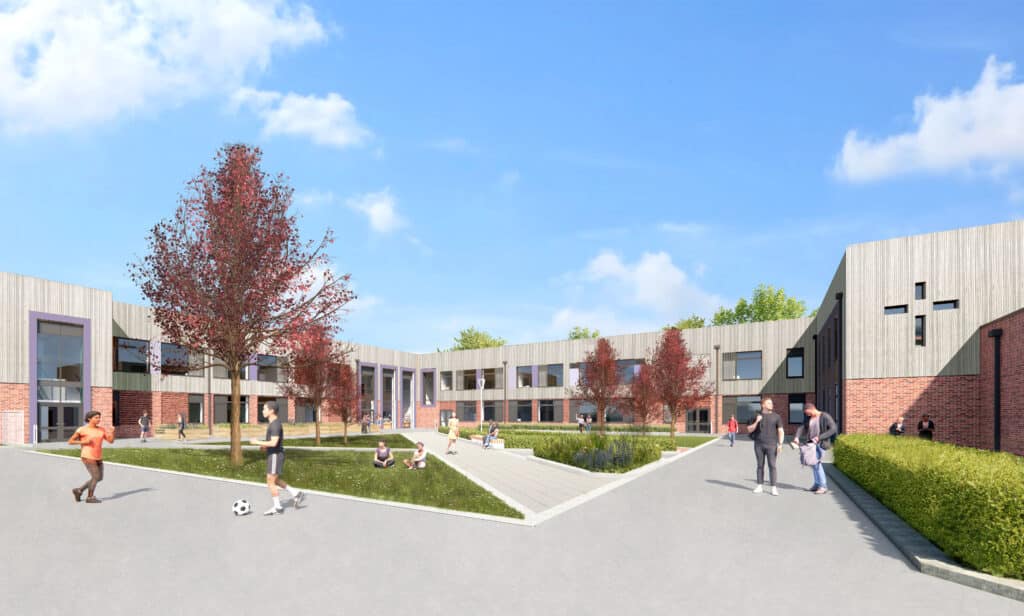
At St John’s Academy, Bouygues UK is constructing a two-storey building that integrates a wide range of biophilic elements. The green roof with its photovoltaic panels, for example, will not only improve energy efficiency but also provide a habitat for local wildlife, giving students the opportunity to further connect to their natural surroundings. The expansive grass playing fields also provide students the space to be outside with nature.
Cross-laminated timber will be used throughout the building, not only reducing carbon emissions but also bringing the warmth and texture of natural wood into classrooms. The use of natural light and ventilation will ensure that classrooms remain bright and airy, helping students maintain focus throughout the school day. These design elements align with research showing that natural light and fresh air can reduce stress and improve cognitive function, making it easier for students to concentrate and succeed academically.
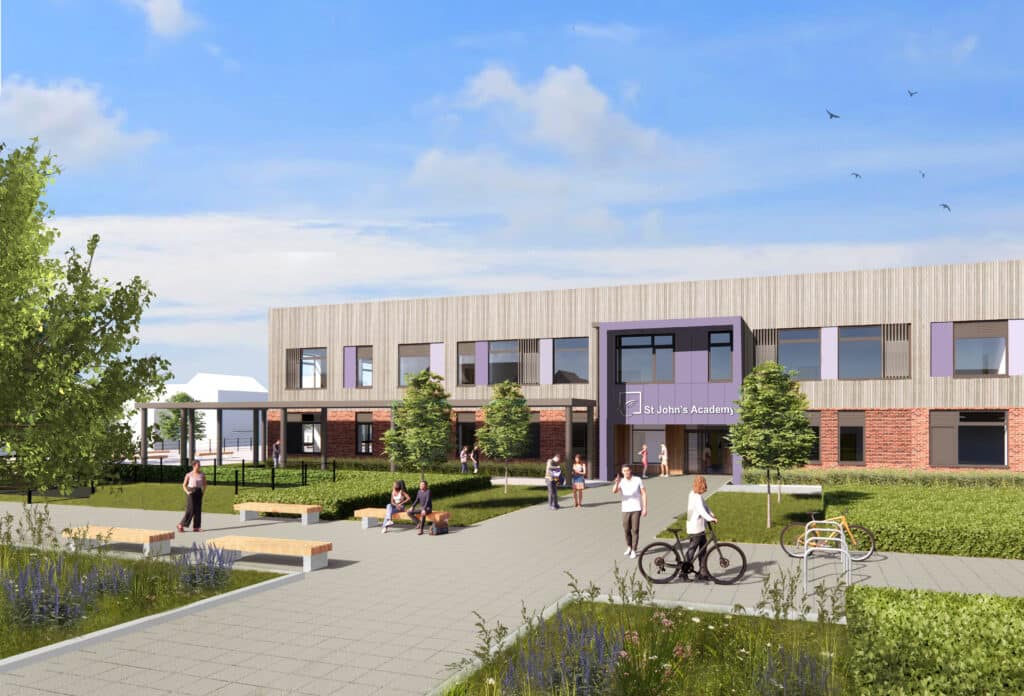
We are confident these elements will have a lasting impact on students. By creating spaces in which children can engage with nature both inside and outside the classroom, our approach to the design is one that aims to not only improve their mental well-being but also enhance cognitive and emotional development.
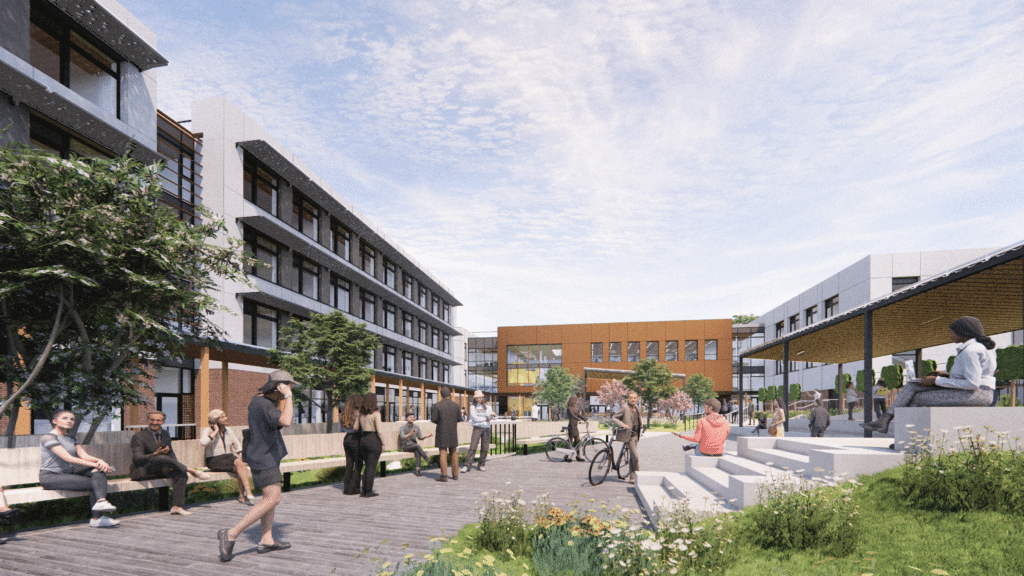
Meanwhile, at Stanmore College, Bouygues UK is constructing a series of three- and four-storey buildings around a central landscaped courtyard. This courtyard will serve as a green space where students can gather, study, or simply relax in a natural setting. This kind of space is critical for promoting social interaction and emotional well-being.
Biophilic design isn’t about making spaces more attractive, it’s about making them more effective. These environments are proven to enhance well-being, fuel academic success, and promote sustainability. At Bouygues UK, we’re not just building schools we’re crafting the foundations of a brighter, healthier future for students. By integrating nature into the spaces where young minds grow, we are creating schools that inspire success, well-being, and resilience.


